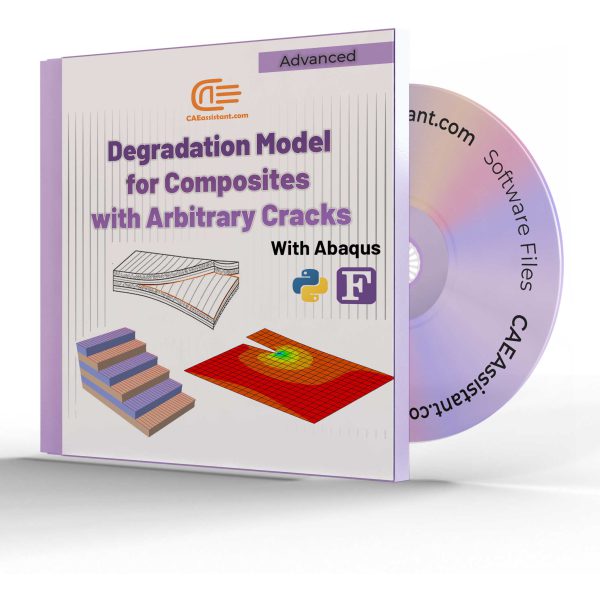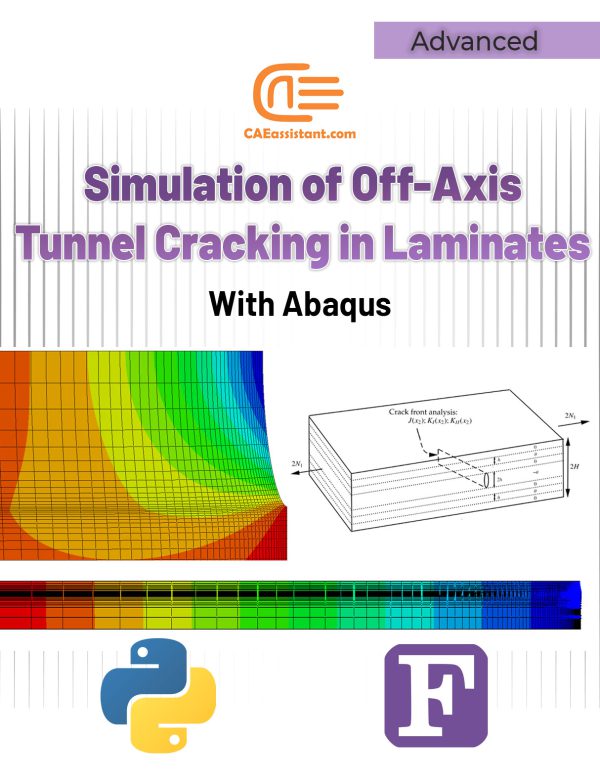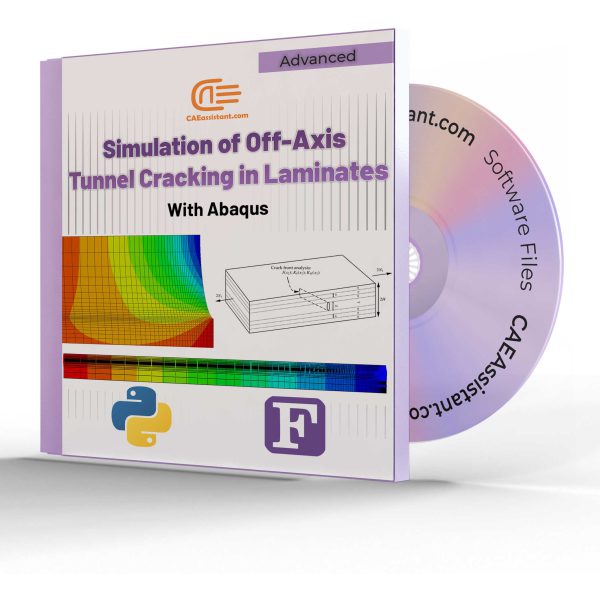LeonHerrmann
An Efficient Stiffness Degradation Composites Model with Arbitrary Cracks | An Abaqus Simulation
Composite materials are critical in high-performance applications due to their exceptional strength-to-weight ratios and customizable properties. They are widely used in aerospace, automotive, and civil engineering. However, their complex structure makes them susceptible to various damage mechanisms, such as tunnel cracking and delamination, which can significantly affect their structural integrity. Accurate damage prediction is essential for effective use and maintenance. Traditional methods often rely on extensive experimental testing, but finite element analysis (FEA) has become a valuable alternative. Abaqus is particularly effective for modeling composite damage due to its comprehensive material modeling and customizable subroutines. The research presented utilizes Abaqus to develop a model for predicting Stiffness Degradation Composites laminates with arbitrarily oriented cracks, offering valuable insights into damage progression and stiffness loss under various loading conditions. To achieve this, UEL, UMAT, and DISP subroutines are used. Additionally, a Python script is provided to import the model into Abaqus.
Advanced Finite Element Analysis of Off-Axis Tunnel Cracking Laminates
The project investigates off-axis oriented tunnel cracking laminates. It focuses on cracks growing at an angle to the primary fiber direction in layered laminates. By examining factors such as ply thickness, crack spacing, and material properties, the study analyzes how these elements influence the energy release rate and mode mix during crack propagation. The project employs Abaqus CAE, along with UEL and UMAT subroutines, to model and analyze these cracks. It offers comprehensive insights into crack growth mechanics under various loading conditions. Moreover, a Python script is used to automate the entire simulation process. It handles tasks such as geometry creation, defining model properties, setting boundary conditions, generating and modifying input files, and post-processing. So, it enables us to calculate crack profiles and energy release rates. The project benefits researchers, engineers, academics, and industry practitioners by providing valuable methodologies and insights into the behavior of composite materials.




